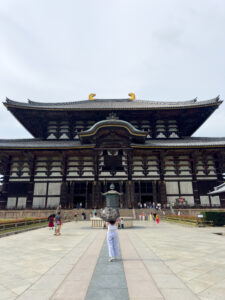
Japan’s car culture is a fascinating blend of tradition, innovation and community spirit.
From the appreciation for all types of cars to the cutting-edge technology of modern vehicles, Japan offers a unique perspective on automobile culture. During my stay in Kyoto, I’ve witnessed firsthand how tradition and innovation seamlessly coexist within the automotive world. I learned about the city’s blend of historical charm and modern spirit. This experience offered me a fascinating lens through which to explore Japan’s unique car culture.
In Kyoto, the appreciation for performance cars is evident. Iconic models like the Toyota Supra, Nissan Skyline GT-R and Mazda MX-5 can be seen rolling through the city’s historic districts. If you want to capture these beautiful cars on camera, however, you need to stay on your toes!
Kyoto’s busy streets can lead to falling short of getting that perfect shot. Thankfully, I was lucky enough to get a few photographs while I casually walked the streets in the city. These cars are more than just modes of transportation; they are cherished pieces of Japan’s history. The city’s broader cultural respect for craftsmanship and heritage shine through each car and tell the story of Japan’s automotive evolution.


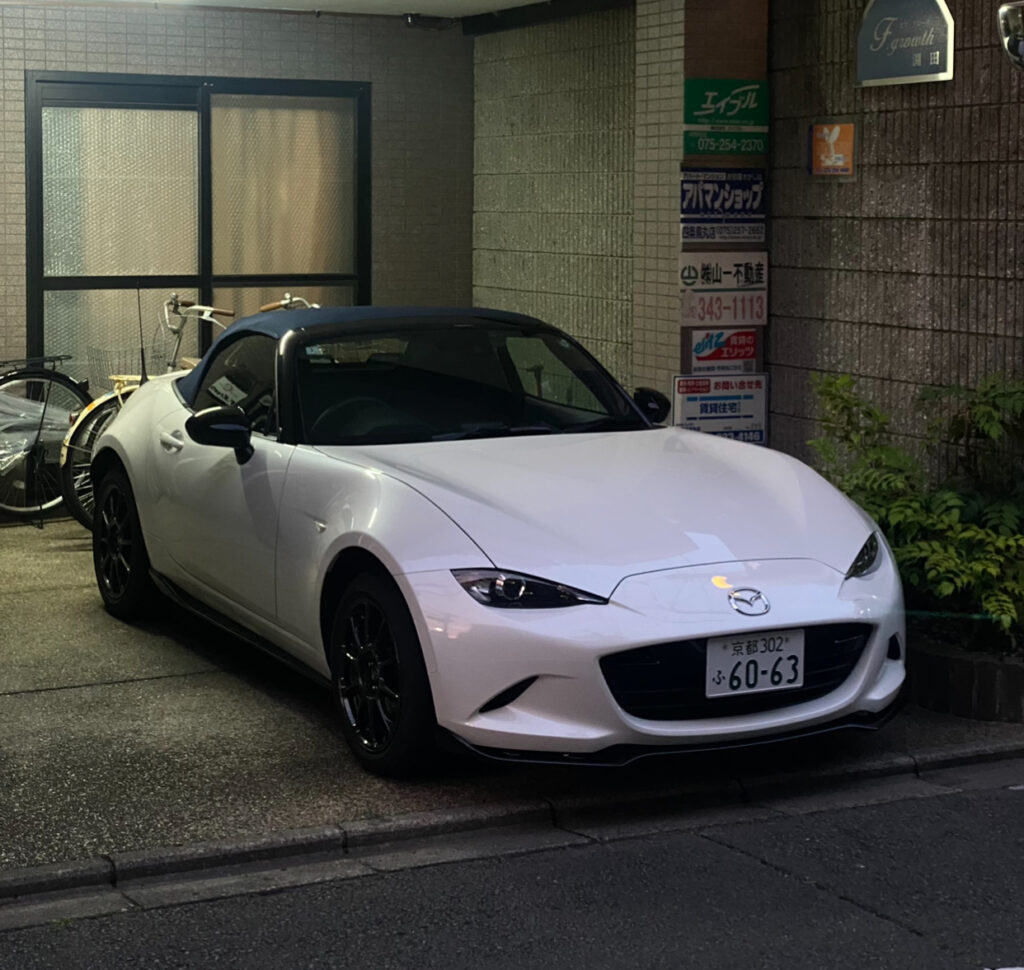
Kyoto is not just about the past; it is also a city that embraces the future. In the city, you can find many aspects of automotive innovation and efficiency. During my time here, I’ve witnessed how compact cars and cutting-edge technologies contribute to a sustainable and efficient urban environment.
One of the most striking aspects of Kyoto’s modern car culture is the commonness of compact cars.
As I navigated through the narrow, winding streets of the city, it’s easy to see why smaller vehicles are favored. The Toyota Dyna and Daihatsu Hijet are common sights that offer practicality and efficiency for urban driving.
These compact cars are designed to maximize space while minimizing environmental impact, perfectly suited to Kyoto’s urban landscape. Their popularity reflects the city’s commitment to reducing its carbon footprint and promoting sustainable transportation options.
Kyoto’s emphasis on efficiency extends to its innovative parking solutions. Space is limited in this historic city, but that has led to the development of creative parking systems that optimize limited space. For example, automated parking garages have cars stacked and retrieved mechanically. I visited one such garage and was amazed by the precision and efficiency of the system. These high-tech parking solutions not only save space but also reduce the time and effort needed to find a parking spot.
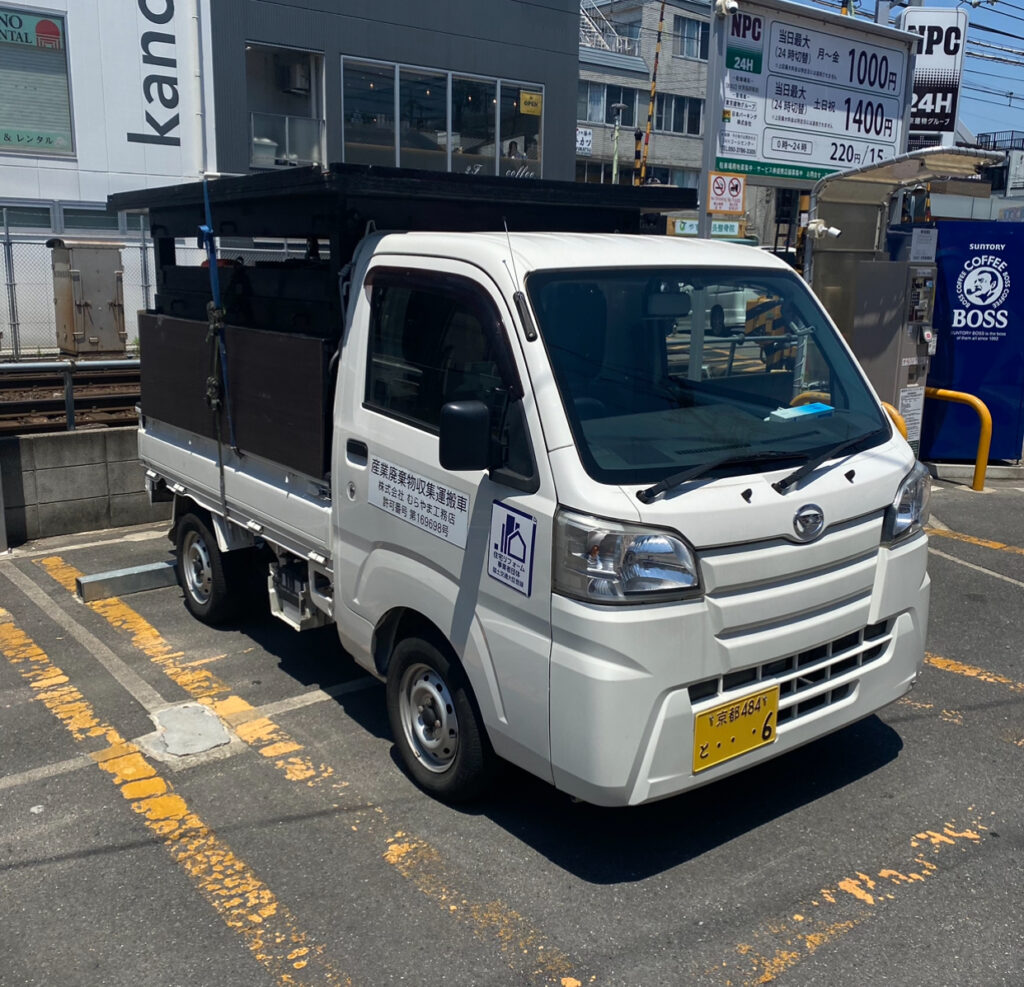
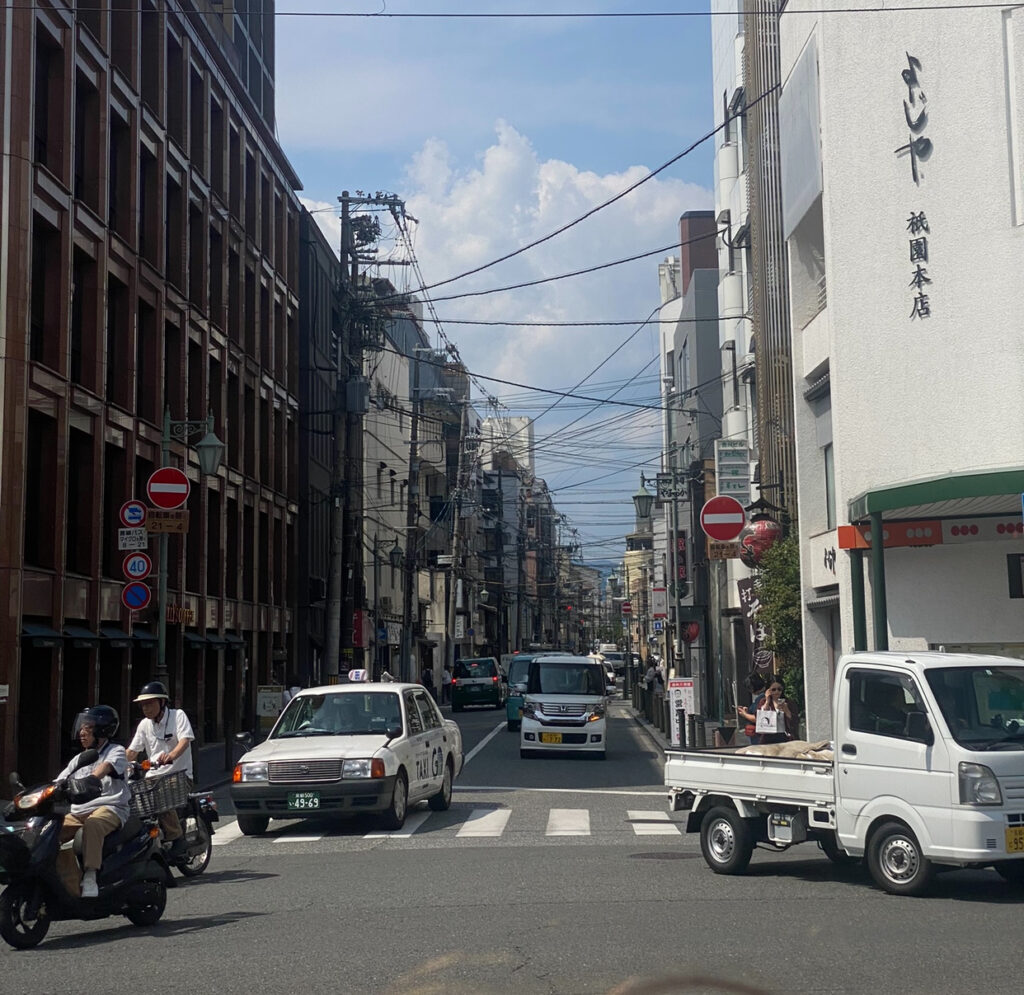
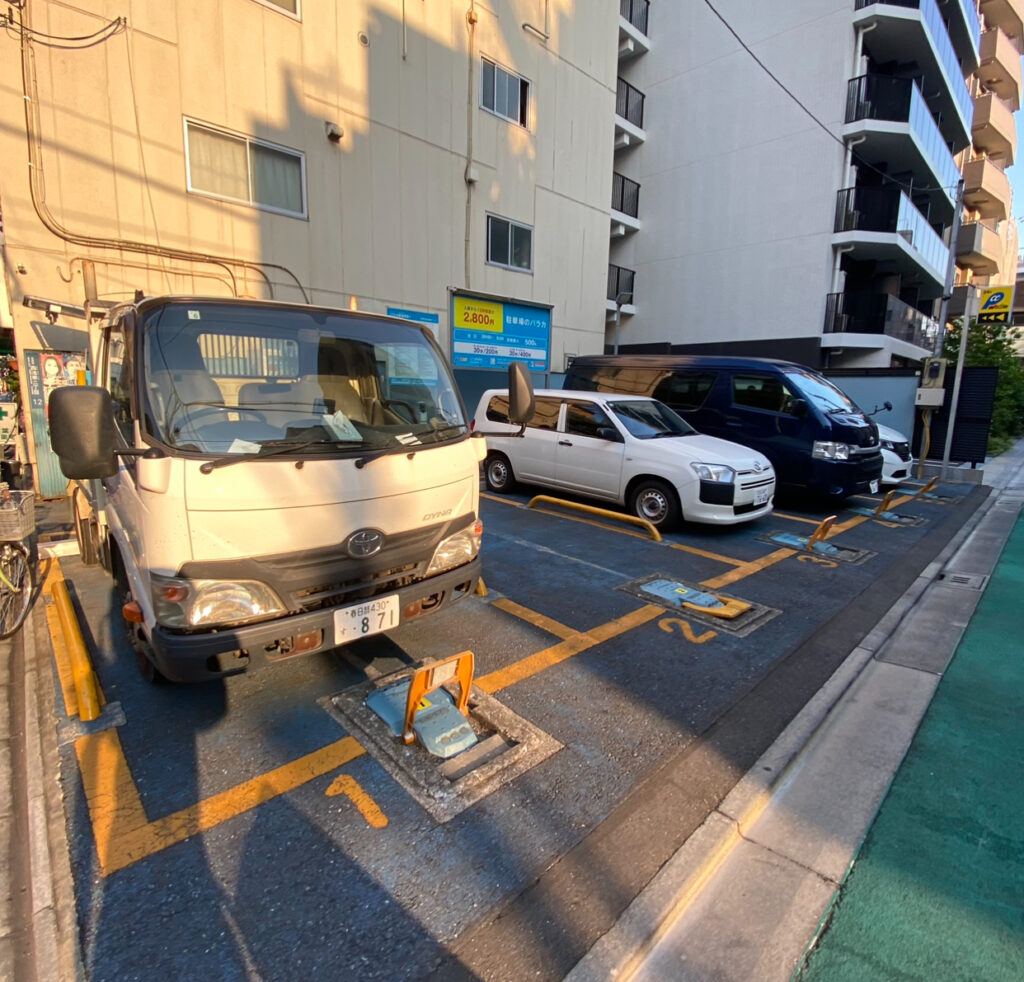
Driving in Kyoto offers a unique insight into how Japanese societal values influence behavior on the road. The city’s drivers are remarkably courteous and adhere strictly to traffic rules. The orderly traffic flow and well-maintained roads in Kyoto reflect this respect for order and consideration.
One of the most fascinating aspects I’ve personally witnessed is the cultural norm of backing into parking spaces. Almost everyone in Japan, including in Kyoto, backs into parking spots. This practice is not only a testament to the drivers’ skill but also to their foresight and consideration for others. By backing in, drivers can easily and safely exit the parking space without disrupting traffic flow.
This method reduces the risk of accidents and demonstrates a collective effort to maintain order and efficiency in public spaces. Observing this practice in Kyoto’s various parking lots and garages, from traditional open-air lots to high-tech automated systems, it becomes clear that this approach is deeply ingrained in Japanese car culture.
Witnessing car culture in Kyoto has allowed me to learn more about the tradition, innovation, community spirit and societal values ingrained in Japan. My experiences in this city have provided a unique perspective on how these elements come together to create a distinctive car culture.
The love for cars, emphasis on efficiency and the respectful driving behavior all contribute to an amazing new experience. Understanding Kyoto’s car culture offers valuable insights into the broader cultural values that shape everyday practices and passions in Japan.







